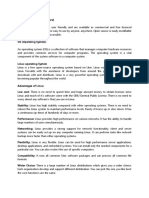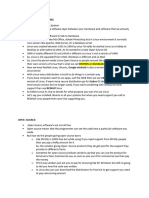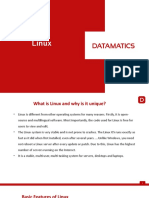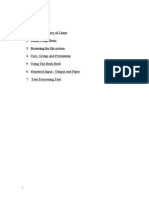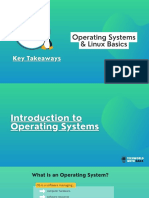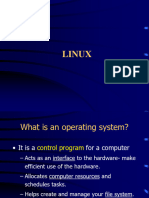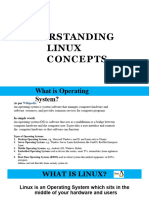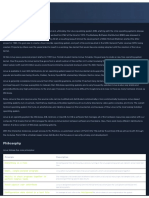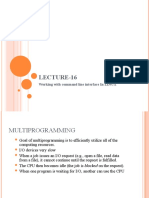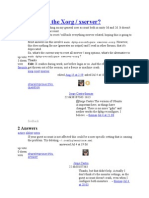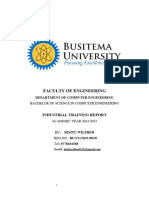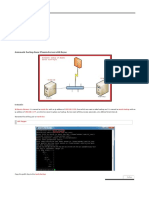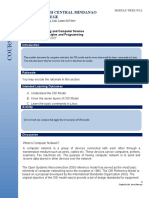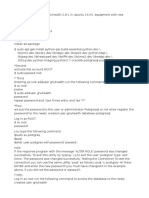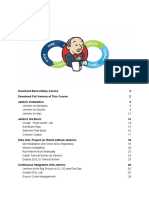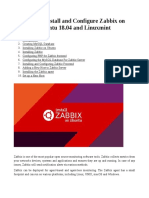0% found this document useful (0 votes)
30 views12 pagesBasics of OS and Linux
The document provides an overview of operating systems (OS), focusing on their functions, types, and the Linux OS specifically. It discusses key concepts such as the kernel, file systems, processes, and threads, as well as comparisons between Linux and Windows. Additionally, it covers user management, shell and terminal usage, and tools like Vim and Tmux for enhanced productivity in Linux environments.
Uploaded by
anshbhardwaj119Copyright
© © All Rights Reserved
We take content rights seriously. If you suspect this is your content, claim it here.
Available Formats
Download as PDF, TXT or read online on Scribd
0% found this document useful (0 votes)
30 views12 pagesBasics of OS and Linux
The document provides an overview of operating systems (OS), focusing on their functions, types, and the Linux OS specifically. It discusses key concepts such as the kernel, file systems, processes, and threads, as well as comparisons between Linux and Windows. Additionally, it covers user management, shell and terminal usage, and tools like Vim and Tmux for enhanced productivity in Linux environments.
Uploaded by
anshbhardwaj119Copyright
© © All Rights Reserved
We take content rights seriously. If you suspect this is your content, claim it here.
Available Formats
Download as PDF, TXT or read online on Scribd
/ 12

